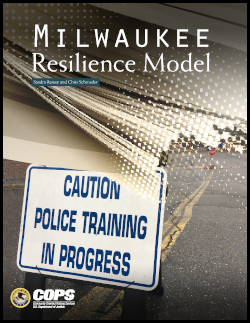
Most law enforcement officers (LEO) begin their careers in good physical condition and health, demonstrated by passing academy physical fitness exams. However, job-related stress disorders can cause many to retire early or die prematurely (Waters and Ussery 2007; Joseph et al. 2009; Ramey et al. 2012). Compared to the general population, police officers tend to have a worsened metabolic profile1 and a higher prevalence of cardiovascular disease (CVD) and risk factors (Hartley et al. 2011; Ramey et al. 2009; Ramey et al. 2011; Wright, Barbosa-Leiker, and Hoekstra 2011). Because stress appears to be virtually unavoidable in the law enforcement profession, it is critical that officers develop the ability to recover from recurrent stressors if physiological and psychological health are to be maintained (Johnson et al. 2014). This capacity to prepare for, recover from, and adapt in the face of stress, adversity, trauma, or challenge is defined as resilience (McCraty and Atkinson 2012).
